Home>Articles>What Are The Things At The Bottom Of Gutters Called
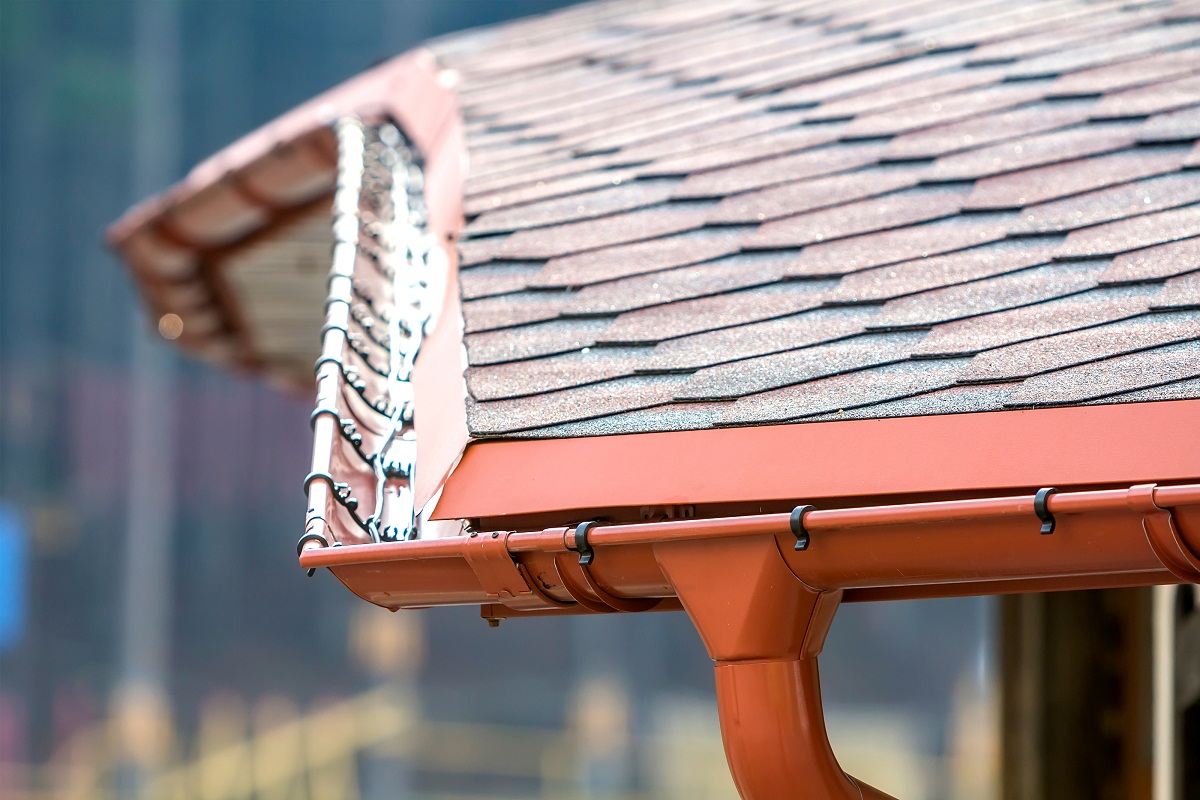

Articles
What Are The Things At The Bottom Of Gutters Called
Modified: October 28, 2024
Discover what those things at the bottom of gutters are called and learn how to prevent them. Read more articles on gutter maintenance and protection.
(Many of the links in this article redirect to a specific reviewed product. Your purchase of these products through affiliate links helps to generate commission for Storables.com, at no extra cost. Learn more)
Introduction
Gutters are an essential part of any well-designed roofing system. They play a crucial role in directing rainwater away from your home, protecting its foundation, walls, and landscaping from potential water damage. But have you ever wondered about the things at the bottom of gutters? What are they called, and what purpose do they serve?
In this article, we will delve into the world of gutters and explore the different components that make up these significant drainage systems. We will take a closer look at the bottom of gutters, discuss what they are called, and examine their importance in maintaining the overall functionality of your gutters.
Whether you are a homeowner looking to understand your gutter system better or a curious individual interested in household infrastructure, this article aims to provide you with valuable insights into the world of gutters and their components.
Key Takeaways:
- Gutter accessories, such as downspouts, extensions, and screens, play a vital role in preventing clogs, preserving the gutter system, and protecting your home from water damage. Choosing the right accessories and maintaining them is crucial for long-term home protection.
- The bottom of gutters, where rainwater flows in, is a critical component that requires regular maintenance to ensure proper water flow and prevent potential damage. Gutter accessories, including splash blocks and rain chains, serve specific purposes in enhancing the functionality and aesthetics of your gutter system.
Gutter Basics
Before discussing the bottom of gutters, it’s important to have a basic understanding of what gutters are and how they work. Gutters are narrow channels that are installed along the edges of a roof to collect and redirect rainwater away from the house.
The primary function of gutters is to prevent water from pooling on the roof or dripping down the sides of the house, which can lead to various issues such as foundation damage, basement flooding, erosion, and mold growth. By efficiently directing rainwater away from your home, gutters help protect the integrity and longevity of your property.
Gutters are typically made from materials such as aluminum, vinyl, or steel. They are usually installed in a sloped manner to ensure proper water flow towards downspouts, which are vertical pipes connected to the gutters. Downspouts carry the collected water down to the ground, where it is directed away from the foundation.
Now that we have established the role and function of gutters, let’s move on to exploring the bottom of gutters and understanding their significance within the overall gutter system.
Function of Gutters
The primary function of gutters is to collect rainwater and prevent it from causing damage to your home and its surrounding areas. By efficiently channeling water away from your roof, gutters serve several important purposes:
- Preventing Water Damage: Gutters keep rainwater from seeping into the foundation, walls, and basement of your home. This helps prevent structural damage, mold growth, and costly repairs.
- Protecting the Siding and Exterior: By directing water away, gutters help protect the siding of your house from water stains, rot, and discoloration caused by moisture.
- Preserving Landscaping: Without gutters, rainwater would fall directly from the roof, eroding the soil and damaging plants and landscaping features. Gutters ensure that water is directed away from your garden, preserving the beauty and integrity of your landscape.
- Preventing Basement Flooding: A properly functioning gutter system prevents rainwater from pooling around the foundation of your home, which can lead to basement flooding. This is particularly important in regions with heavy rainfall or properties built on sloped terrain.
- Preventing Erosion: Gutters help control the flow of water during heavy rainstorms, reducing the risk of soil erosion around your home. This is especially important for properties located on hillsides or areas prone to runoff.
In summary, gutters play a crucial role in protecting your home from water damage and maintaining its structural integrity. They are designed to efficiently collect rainwater and direct it away from your property, ensuring that it does not cause any significant harm or inconvenience.
Problems with Gutters
While gutters are an essential component of your home’s drainage system, they are not immune to problems. Regular maintenance and inspections are necessary to ensure that your gutters are functioning properly and to address any issues that may arise. Here are some common problems that can occur with gutters:
- Clogging: One of the most common gutter problems is clogging due to the buildup of leaves, twigs, and other debris. This can prevent water from flowing freely through the gutters and downspouts, leading to overflow and potential water damage.
- Leaks: Over time, gutters may develop leaks or cracks. This can occur due to aging, improper installation, or damage from severe weather conditions. Leaks can cause water to drip or seep out of the gutters, negating their purpose and potentially causing damage to the structure of your home.
- Sagging or Misalignment: Gutters that are not properly installed or maintained may experience sagging or misalignment. This can result in improper water flow, leading to pooling and overflowing. It is crucial to address this issue promptly to prevent damage to the gutter system and your home.
- Ice Dams: In colder climates, ice dams can form along the edges of the roof and inside the gutters. This happens when snow melts and refreezes, creating a barrier that prevents proper drainage. The weight of ice dams can cause gutters to detach from the roof or collapse.
- Rust and Corrosion: Gutters made from metal materials like steel or iron are susceptible to rust and corrosion over time. This can weaken the integrity of the gutters and result in leaks or structural damage.
Regular gutter maintenance and inspections can help identify and address these problems before they worsen and cause more significant damage to your home. It is important to clean your gutters regularly, especially during the fall when leaves are more likely to accumulate. Additionally, consider installing gutter guards or screens to prevent debris from entering and clogging the gutters.
By proactively addressing gutter problems and ensuring proper maintenance, you can preserve the functionality and longevity of your gutters, protecting your home from water damage.
Importance of Proper Gutter Maintenance
Proper gutter maintenance is crucial for the longevity and effectiveness of your gutter system. Neglecting regular upkeep can lead to a range of issues that can negatively impact your home. Here are some key reasons why proper gutter maintenance is important:
- Prevent Water Damage: Regular gutter maintenance helps prevent water damage to your home’s foundation, walls, and basement. By ensuring that water is directed away from your property, you can avoid costly repairs and potential structural issues.
- Avoid Mold and Mildew: Properly maintained gutters prevent excess moisture from accumulating around your home, reducing the risk of mold and mildew growth. Mold can cause health problems and damage your property’s indoor air quality.
- Preserve Landscaping: When gutters are functioning correctly, they direct water away from your landscaping, preventing erosion and preserving the beauty and integrity of your outdoor space.
- Prevent Basement Flooding: Keeping your gutters clean and clear of debris ensures that rainwater is effectively channeled away from your home’s foundation. This helps prevent basement flooding, which can lead to extensive damage and costly repairs.
- Extend Gutter Lifespan: Regular maintenance, such as cleaning out debris and inspecting for damage, can help extend the lifespan of your gutters. Routine maintenance reduces the risk of leaks, corrosion, and other issues that can lead to premature gutter replacement.
- Preserve Curb Appeal: Well-maintained gutters contribute to the overall curb appeal of your home. Clean gutters free of debris and damage enhance the aesthetic appeal of your property and leave a positive impression on visitors and potential buyers.
To maintain your gutters effectively, it is recommended to clean them at least twice a year, preferably in spring and fall. Regular inspections should also be conducted to identify and address any issues promptly. Additionally, trimming overhanging tree branches can help prevent leaves and debris from accumulating in the gutters.
By investing time and effort into proper gutter maintenance, you can protect your home from water damage, preserve its value, and ensure that your gutter system functions optimally for years to come.
Read more: What Are The Stove Top Things Called
The Bottom of Gutters
The bottom of gutters refers to the section that rests closest to the roof edge, where rainwater flows into the gutter system. This crucial part of the gutter plays a significant role in the overall functionality of the drainage system.
At the bottom of gutters, rainwater from the roof collects and is channeled into the gutter trough. It is here that the water is guided towards the downspouts, which then carry it away from the house. The bottom of gutters acts as a transition point, allowing water to smoothly enter the gutter system and preventing it from running off the edge of the roof or causing damage to the structure.
Since the bottom of gutters is the initial point of contact for rainwater, it is especially vulnerable to debris accumulation, such as leaves, twigs, and granules from shingles. If the bottom of gutters becomes clogged, it can impede the flow of water into the gutters, leading to overflow, water damage, and potential gutter system malfunctions.
Moreover, the bottom of gutters can also be susceptible to damage from extreme weather conditions or improper installation. If the gutters are not securely attached to the roof edge or are misaligned, water may seep out from the bottom, causing leaks and potential structural issues.
Given the critical role of the bottom of gutters in the overall functioning of the gutter system, it is essential to ensure that it remains clear of debris and in good condition. Regular maintenance, including cleaning out any accumulated debris and inspecting for damage or misalignment, is necessary to maintain the proper functionality of the bottom of gutters.
By taking the time to care for the bottom of gutters, you can ensure that rainwater is efficiently channeled away from your home, preventing water damage and maintaining the integrity of your gutter system.
What Are They Called?
The things at the bottom of gutters, where rainwater flows into the gutter system, are commonly referred to as gutter accessories or gutter extensions. These accessories serve various purposes and are designed to enhance the functionality and effectiveness of your gutter system.
While gutter extensions and accessories can come in different forms and materials, their primary goal is to facilitate the proper flow of rainwater and prevent damage to your home. Here are some common gutter accessories that are installed at the bottom of gutters:
- Downspouts: Downspouts, also known as gutter spouts or drain pipes, are vertical pipes attached to the bottom of gutters. Their main function is to collect rainwater from the gutter system and direct it away from your home’s foundation. Downspouts can be made of various materials, including aluminum, PVC, or steel.
- Splash Blocks: Splash blocks are rectangular or curved plastic or concrete structures placed at the bottom of downspouts. Their purpose is to control the flow of water coming out of the downspout and guide it away from the foundation. Splash blocks help prevent soil erosion and protect the landscaping near the foundation.
- Extensions and Elbows: Depending on your home’s layout and surrounding landscape, you may need gutter extensions or elbows. These accessories are attached to the bottom of the downspouts and are used to redirect water further away from the house. They can be flexible or rigid and are available in various lengths to suit your specific needs.
- Gutter Screens or Guards: Gutter screens or guards are protective elements placed at the top of the gutter system and can extend to the bottom. They act as a barrier, preventing leaves, debris, and pests from entering the gutter and causing clogs. Gutter screens or guards allow water to flow freely while keeping the gutter system clear.
These gutter accessories and extensions play a vital role in maintaining the effectiveness of your gutter system, preventing water damage, and protecting your home. They help ensure that rainwater flows smoothly through the gutters and is directed away from the house’s foundation.
When it comes to selecting the appropriate gutter accessories for your home, it is important to consider factors such as climate, surrounding vegetation, and the specific needs of your property. Consulting with a professional or researching reputable gutter accessory options can help you make informed decisions.
By utilizing these gutter accessories at the bottom of your gutters, you can enhance the functionality of your gutter system and protect your home from potential water damage.
Common Materials Used for Gutter Accessories
Gutter accessories, such as downspouts and extensions, are available in a variety of materials, each with its own set of advantages and considerations. The choice of material for gutter accessories depends on factors such as durability, aesthetic appeal, and compatibility with your existing gutter system. Here are some common materials used for gutter accessories:
Aluminum:
Aluminum is one of the most popular materials for gutter accessories due to its lightweight nature and resistance to rust and corrosion. Aluminum accessories are durable, easy to install, and require minimal maintenance. They are available in a wide range of colors and finishes, allowing you to find an option that matches your home’s exterior.
Read more: What Is The Area Under The Gutters Called
Vinyl:
Vinyl gutter accessories are known for their affordability, ease of installation, and low maintenance requirements. They are resistant to rust and corrosion, making them a long-lasting option. Vinyl accessories are available in various colors, allowing you to choose a style that complements your home’s aesthetic.
Steel:
Steel gutter accessories provide excellent strength and durability. They are capable of withstanding heavy rains, snow, and strong winds. However, steel is prone to rust and corrosion, so it requires periodic maintenance, such as repainting or applying a protective coating. Steel accessories are often chosen for their strength and ability to withstand harsh weather conditions.
Copper:
Copper gutter accessories are known for their distinctive appearance and longevity. They develop a beautiful patina over time, adding a touch of elegance to your home’s exterior. Copper is highly durable, resistant to rust and corrosion, and requires minimal maintenance. However, copper gutter accessories tend to be more expensive than other materials.
PVC or Plastic:
PVC or plastic gutter accessories are lightweight, cost-effective, and easy to install. They are resistant to rust and corrosion, making them low maintenance. PVC accessories are available in various colors, allowing you to select an option that matches your home’s color scheme. However, PVC may not be suitable for regions with extreme weather conditions, as it can become brittle in very cold temperatures.
When choosing gutter accessories, consider factors such as the climate in your region, the overall aesthetic you want to achieve, and your budget. Consulting with professionals or researching reputable manufacturers can help you make an informed decision about the best material for your gutter accessories.
Remember, the choice of material for your gutter accessories is crucial in ensuring their longevity, functionality, and compatibility with your existing gutter system.
Purpose of Gutter Accessories
Gutter accessories serve a crucial role in enhancing the functionality and effectiveness of your gutter system. These accessories are specifically designed to address common issues and improve the performance of gutters in directing rainwater away from your home. Here are some key purposes of gutter accessories:
1. Efficient Water Flow:
Gutter accessories, such as downspouts and extensions, play a vital role in ensuring that rainwater flows smoothly through the gutter system. They help direct the water away from your home’s foundation, preventing water damage and potential structural issues. Gutter extensions can also be used to direct water further away from the house, protecting the landscaping and preventing erosion.
2. Debris Prevention:
Gutter screens or guards are essential accessories that prevent leaves, twigs, and other debris from entering the gutter system. These accessories allow water to flow freely while keeping the gutters clear of clogs. By preventing debris build-up, gutter screens or guards help maintain proper water drainage and reduce the risk of gutter overflow and damage to your home.
3. Foundation Protection:
Splash blocks and downspout extensions are accessories that protect your home’s foundation by controlling the flow of water from the downspouts. By properly directing rainwater away from the foundation, these accessories help prevent basement flooding and water infiltration, which can cause costly damage to the structure over time.
4. Aesthetic Appeal:
Gutter accessories, such as decorative downspout brackets or rain chains, can enhance the visual appeal of your home. These accessories offer an opportunity to add a unique touch and personal style to your gutter system, creating a visually pleasing and cohesive look with your home’s exterior.
5. Gutter System Protection:
Gutter accessories also contribute to the longevity and maintenance of the gutter system itself. For example, gutter covers or screens help prevent debris from entering the gutters, reducing the need for frequent cleaning and minimizing the risk of gutter damage or blockage. By protecting the gutters, these accessories help extend their lifespan and ensure proper functionality.
Overall, gutter accessories serve multiple purposes, including efficient water flow, debris prevention, foundation protection, aesthetic enhancement, and gutter system maintenance. By incorporating the appropriate accessories into your gutter system, you can enhance its performance, prolong its lifespan, and better protect your home from water damage.
Types of Gutter Accessories
There is a wide range of gutter accessories available to improve the functionality and performance of your gutter system. These accessories address specific needs and challenges, ensuring proper water flow, debris prevention, and protection for your home. Here are some common types of gutter accessories:
1. Downspouts:
Downspouts are vertical pipes attached to the bottom of gutters that carry rainwater from the gutter system down to the ground. They come in various sizes and materials, such as aluminum, vinyl, or steel, and can be customized to suit your home’s specific needs. Downspouts play a critical role in directing water away from the foundation, preventing water damage and basement flooding.
2. Gutter Extensions:
Gutter extensions, also known as downspout extensions, are accessories that are attached to the bottom of downspouts to redirect water further away from the house. They help prevent soil erosion, foundation damage, and potential water infiltration. Gutter extensions can be flexible or rigid, and they come in various lengths to accommodate different landscaping configurations.
3. Gutter Screens or Guards:
Gutter screens, also referred to as gutter guards or covers, are protective accessories that prevent debris from entering the gutter system. They are designed to allow water to flow freely while keeping leaves, twigs, and other debris out. Gutter screens or guards are available in different styles, such as mesh screens or solid covers, and they can be made of materials like aluminum or plastic.
4. Splash Blocks:
Splash blocks are rectangular or curved accessories placed at the bottom of downspouts. They help control the flow of water from the downspouts and guide it away from the foundation. Splash blocks prevent soil erosion and protect the landscaping near the foundation from the impact of heavy rainfall.
5. Rain Chains:
Rain chains are decorative alternatives to traditional downspouts. They are composed of chains or cups that hang vertically from the gutter system to guide the rainwater down. Rain chains add an aesthetic touch to your home and create a soothing sound as water cascades down, enriching the overall visual appeal of your gutter system.
These are just a few examples of the many types of gutter accessories available in the market. Each accessory serves a specific purpose, addressing different needs and challenges associated with gutter systems. It is important to choose the right gutter accessories based on your home’s requirements and the climate in your area.
By selecting the appropriate gutter accessories, you can enhance the functionality and performance of your gutter system, ensuring effective water flow, debris prevention, and protection for your home.
Read more: What Is A Glass Bottom Boat
Benefits of Using Gutter Accessories
Gutter accessories play a crucial role in maximizing the efficiency of your gutter system and protecting your home from potential water damage. These accessories offer a range of benefits that contribute to the longevity and functionality of your gutters. Here are some key advantages of using gutter accessories:
1. Preventing Clogs and Debris Build-Up:
Gutter accessories, such as screens or guards, prevent leaves, twigs, and other debris from entering the gutter system. By keeping the gutters clear and free from clogs, these accessories ensure that rainwater can flow smoothly and effectively through the gutters, reducing the risk of overflow and water damage.
2. Reducing Maintenance Requirements:
Gutter accessories significantly reduce the frequency and effort required for gutter maintenance. By preventing debris from entering the gutters, they minimize the need for frequent cleaning and minimize the risk of blockages. This saves you time, energy, and the potential risks associated with climbing ladders to clean out the gutters.
3. Preserving Gutter System Longevity:
Properly installed gutter accessories help protect the gutter system from damage and premature wear. By keeping debris out, gutter screens or guards prevent corrosion, rust, and other issues that can lead to the deterioration of your gutters over time. This ultimately extends the lifespan of your gutter system.
Read more: What Are Gutters
4. Enhancing Water Flow Efficiency:
Gutter accessories, such as downspouts or extensions, ensure that water is effectively directed away from your home’s foundation. By guiding the water to the appropriate location, these accessories help prevent water damage, basement flooding, and erosion. They also help maintain the structural integrity of your home’s foundation.
5. Protecting Landscaping:
With gutter accessories like splash blocks or downspout extensions, you can protect your landscaping from the impact of heavy rainfall or excess water flow. Splash blocks and extensions guide the water away from delicate plants and prevent soil erosion, helping to preserve the beauty and health of your landscaping.
6. Enhancing Home Aesthetics:
Gutter accessories offer opportunities to enhance the visual appeal of your home’s exterior. Whether you opt for decorative downspout brackets, rain chains, or gutter screens with different colors and styles, these accessories can add a unique touch and enhance the overall aesthetic of your gutter system.
By utilizing gutter accessories, you can optimize the functionality of your gutter system, reduce maintenance requirements, protect your home and landscaping, and enhance the visual appeal of your property. Investing in high-quality gutter accessories is a worthwhile investment in the long-term protection and value of your home.
Conclusion
Gutter accessories play a crucial role in maintaining the functionality and effectiveness of your gutter system. They address common issues such as clogs, debris build-up, water damage, and foundation protection. By incorporating the right gutter accessories, you can optimize the performance of your gutter system and protect your home from potential water damage.
The bottom of gutters, where rainwater flows into the gutter system, is an important component that ensures the smooth entry of water into the gutters. Regular maintenance and keeping the bottom of gutters clear of debris are essential to ensure proper water flow and prevent overflow or damage to the structure.
Common gutter accessories, such as downspouts, extensions, gutter screens, splash blocks, and rain chains, each serve specific purposes in improving the functionality of your gutter system. They prevent clogs, direct water away from the foundation, protect landscaping, and enhance home aesthetics.
Using gutter accessories offers numerous benefits, including preventing clogs and debris build-up, reducing maintenance requirements, preserving the longevity of the gutter system, enhancing water flow efficiency, protecting landscaping, and adding visual appeal to your home’s exterior.
Remember to choose the right gutter accessories for your specific needs and ensure they are properly installed and maintained. Regular inspections and cleaning are necessary to keep your gutter system in optimal condition, especially at the bottom of the gutters.
By investing in high-quality gutter accessories and adhering to proper maintenance practices, you can ensure that your gutter system performs effectively, directs rainwater away from your home, and protects your property for years to come.
So, take the necessary steps to care for your gutters and their accessories, and enjoy the peace of mind that comes with knowing your home is well-protected from potential water damage.
Frequently Asked Questions about What Are The Things At The Bottom Of Gutters Called
Was this page helpful?
At Storables.com, we guarantee accurate and reliable information. Our content, validated by Expert Board Contributors, is crafted following stringent Editorial Policies. We're committed to providing you with well-researched, expert-backed insights for all your informational needs.
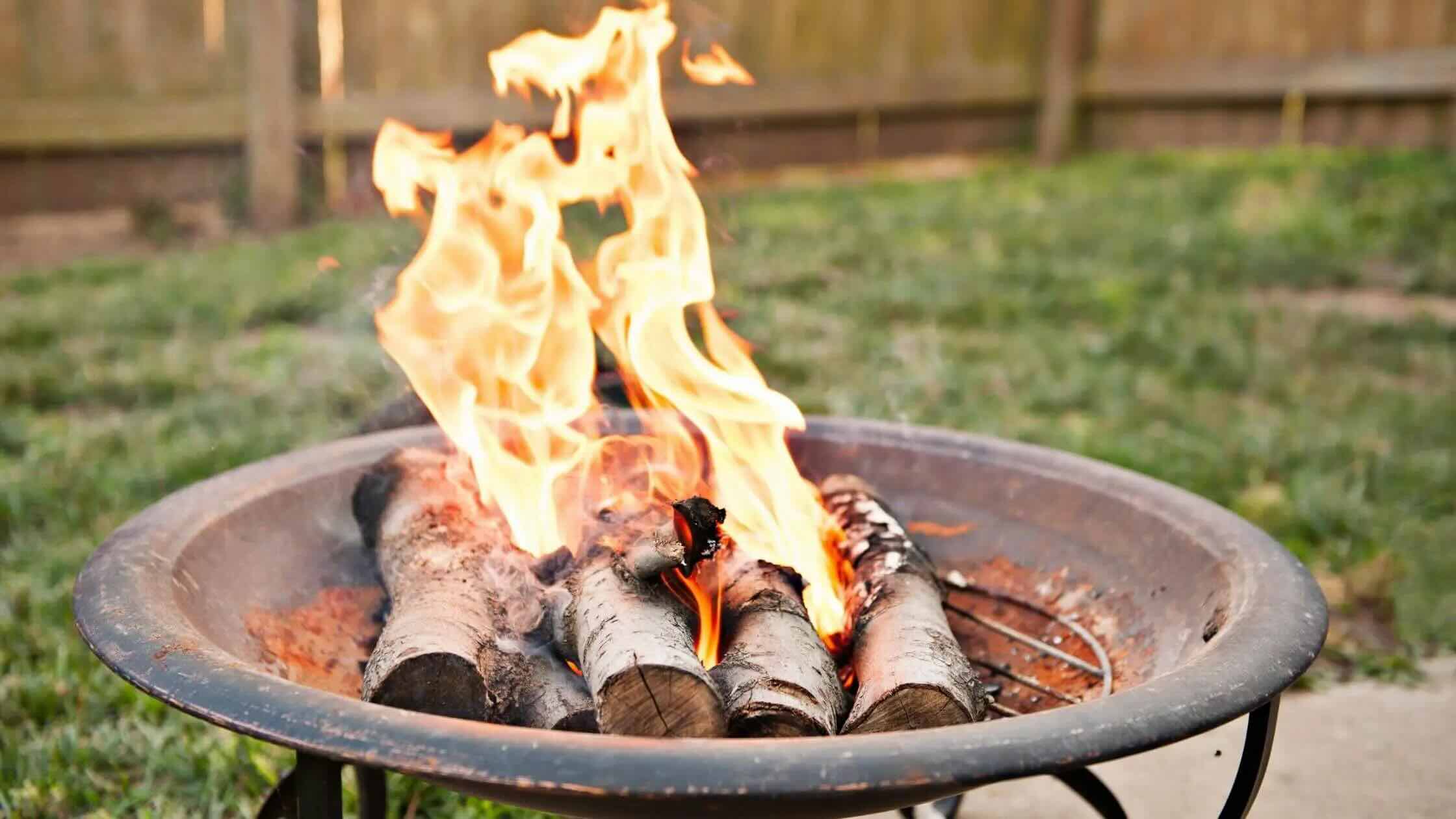
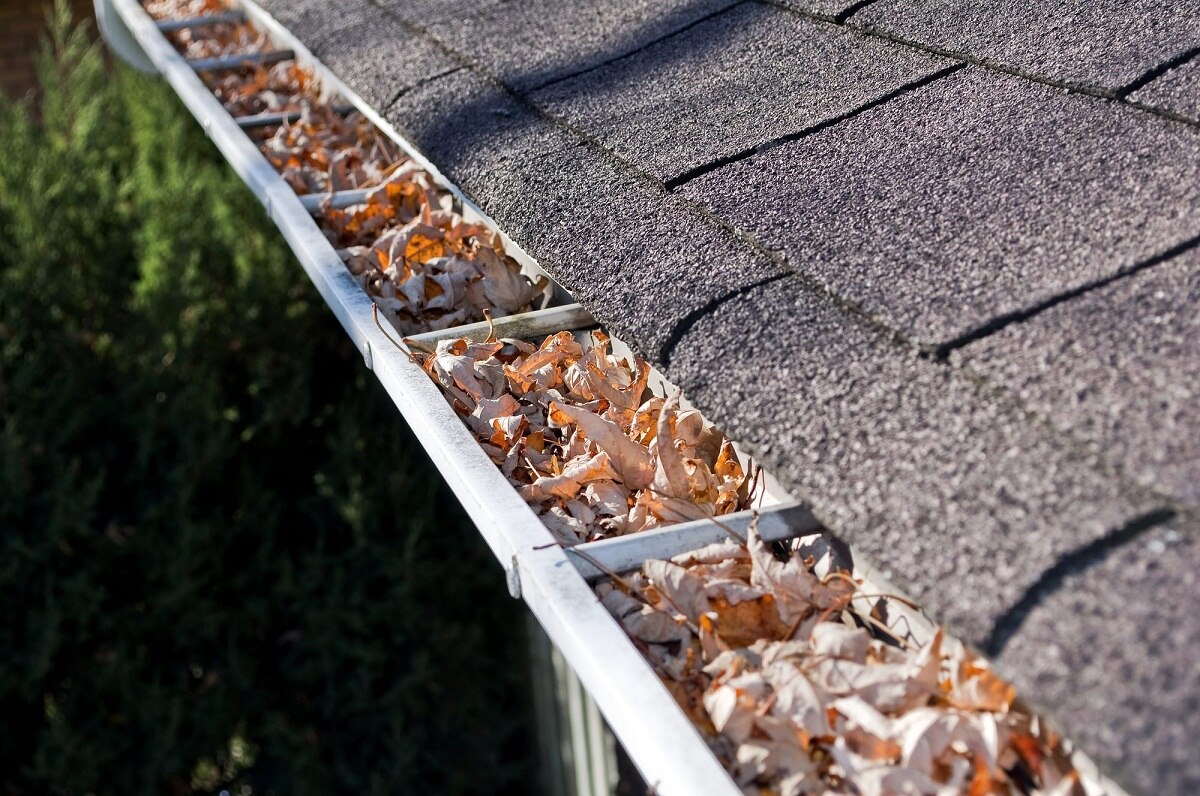
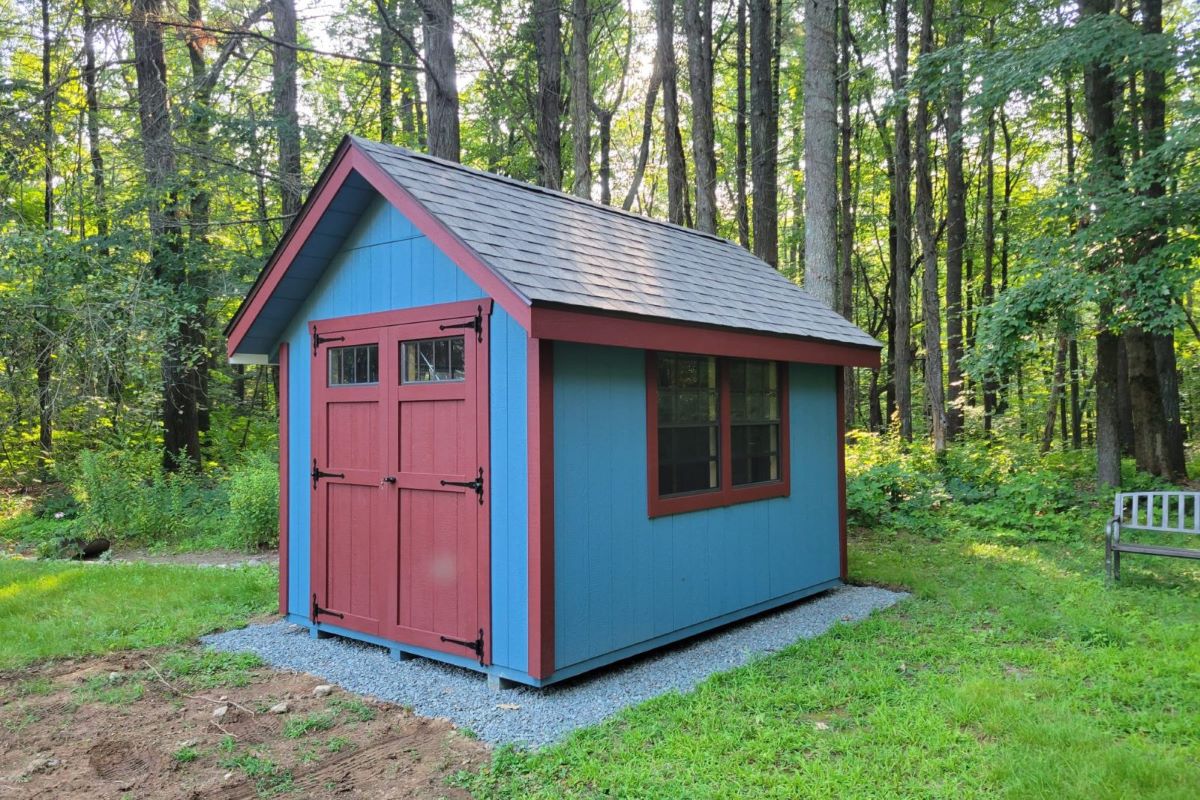
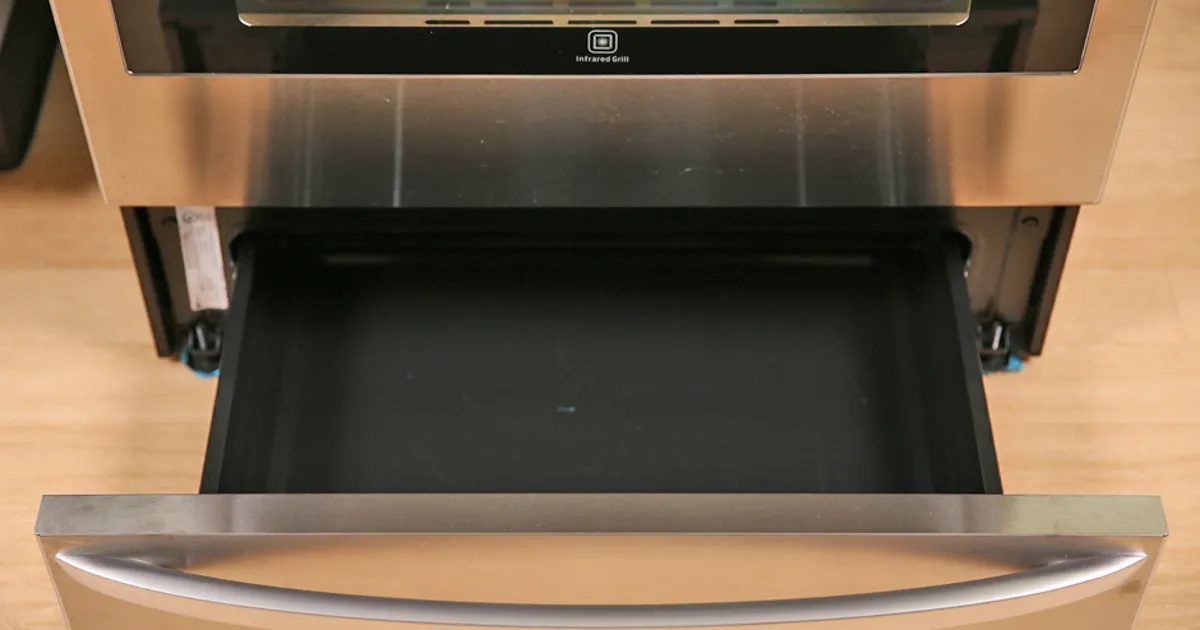
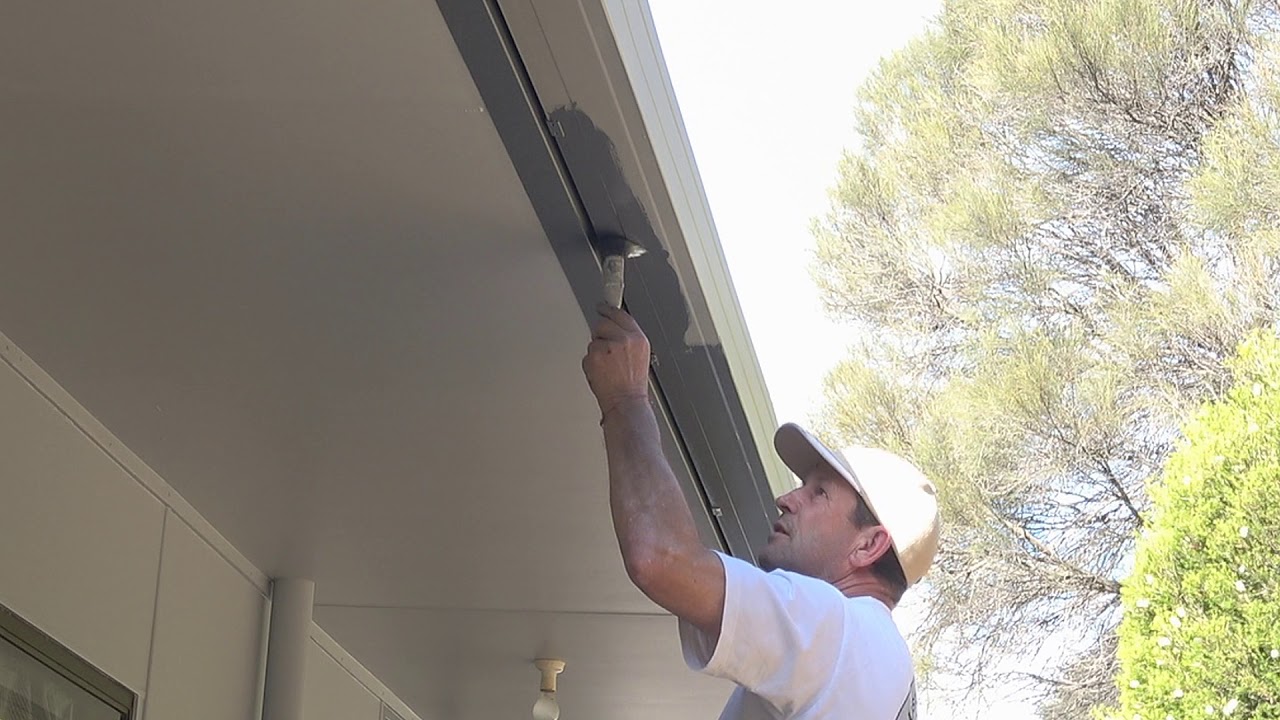
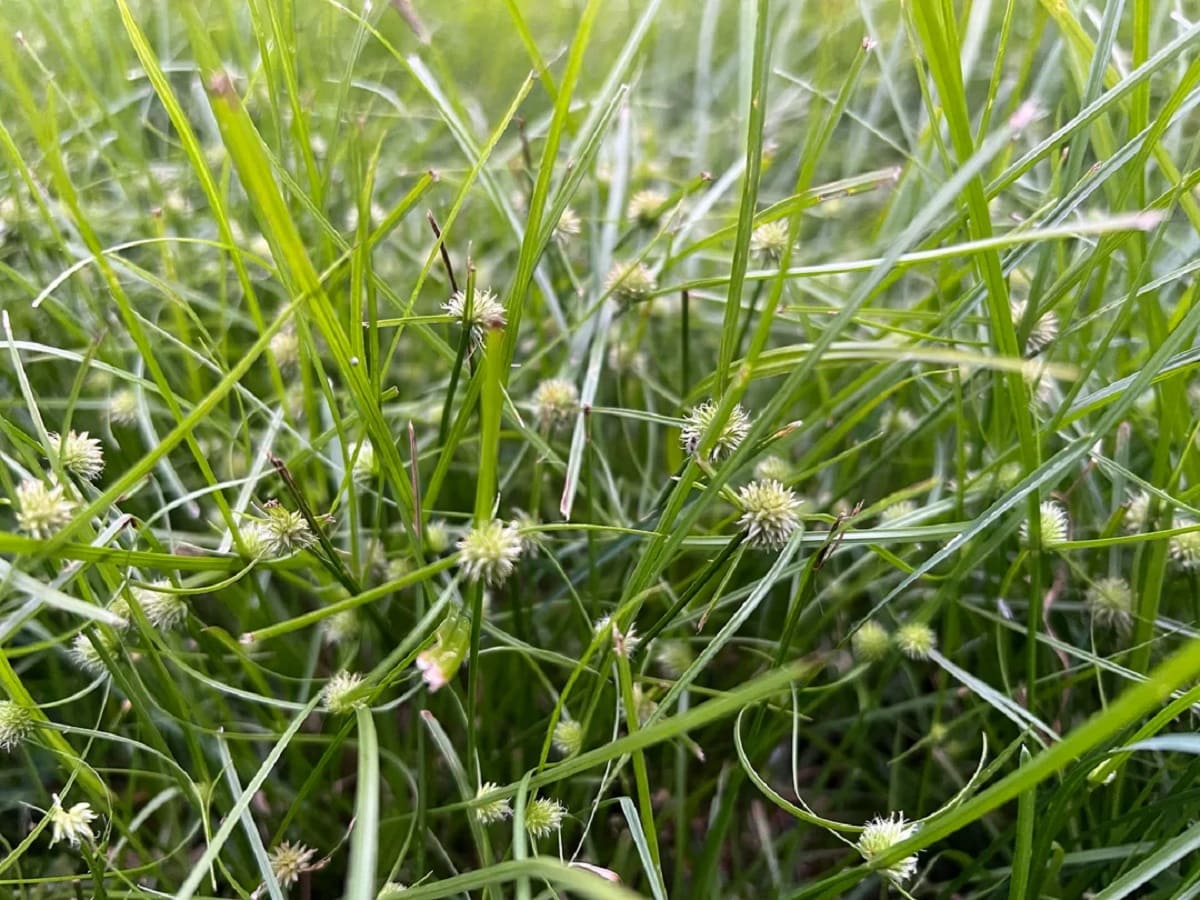
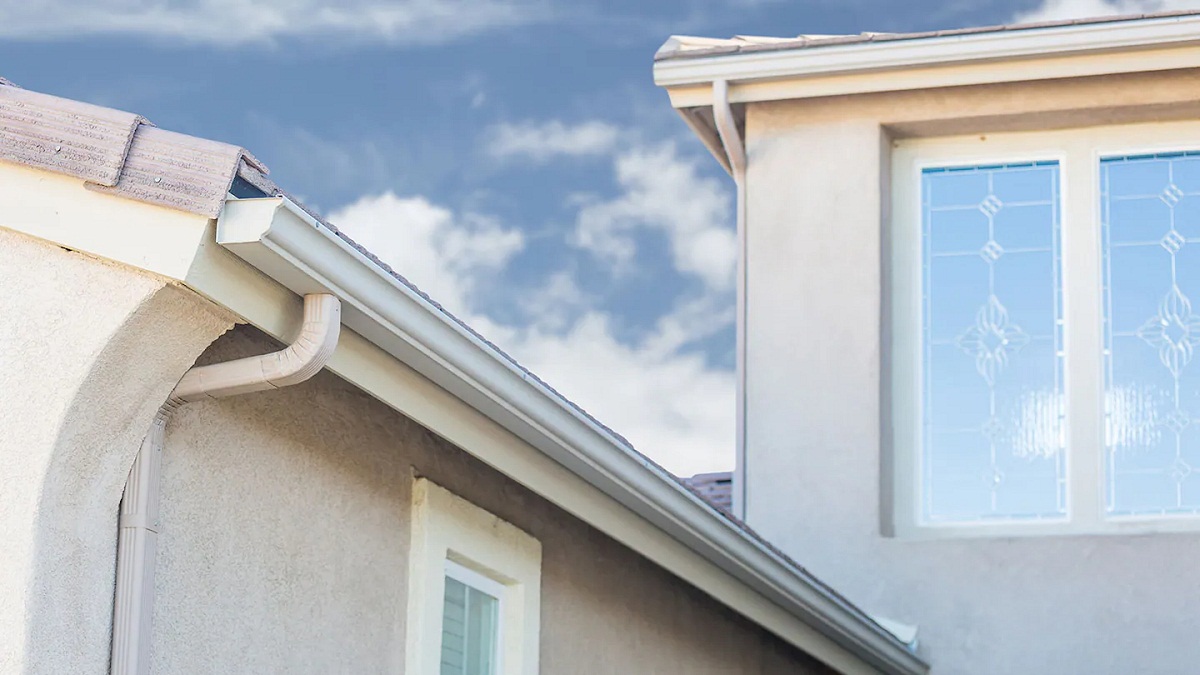
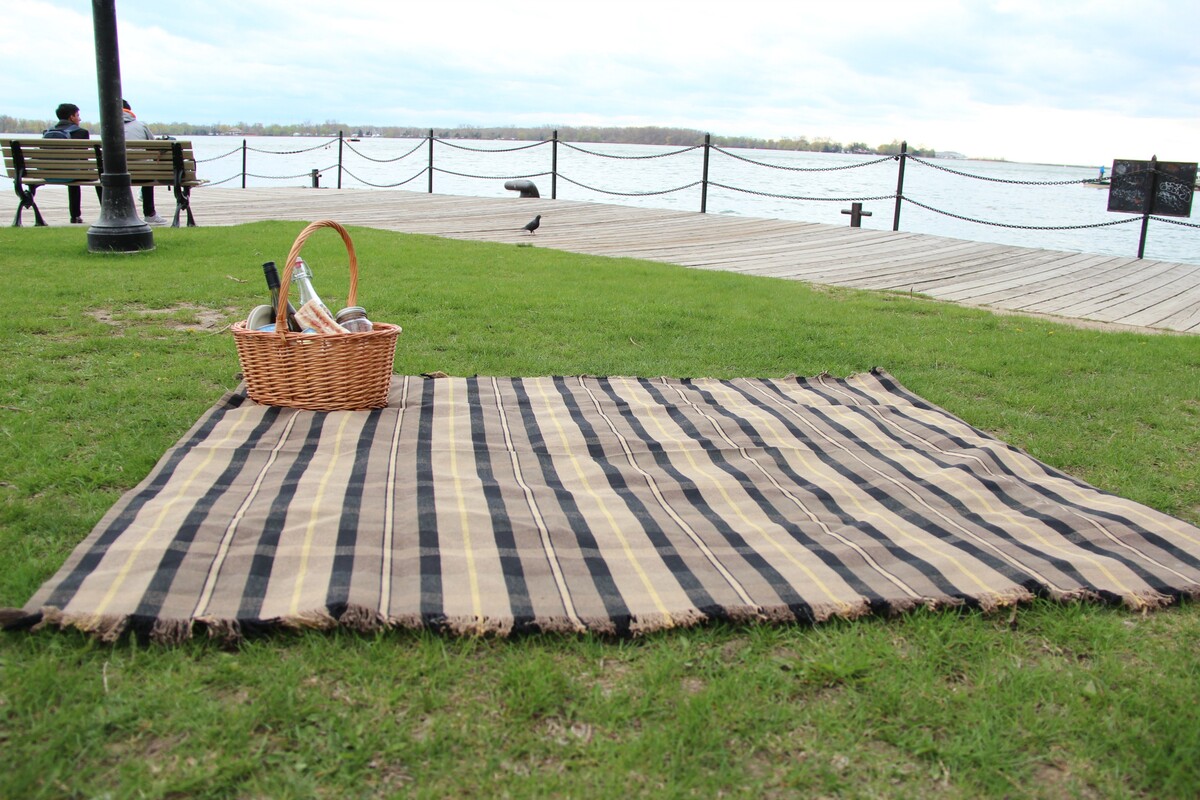

0 thoughts on “What Are The Things At The Bottom Of Gutters Called”